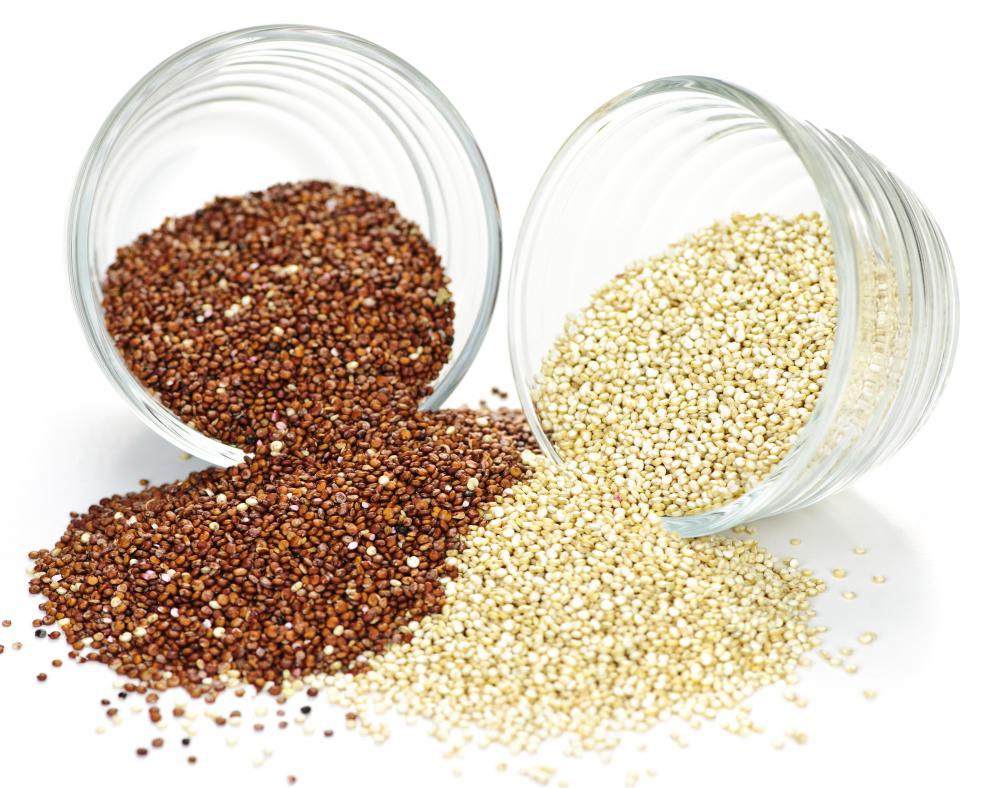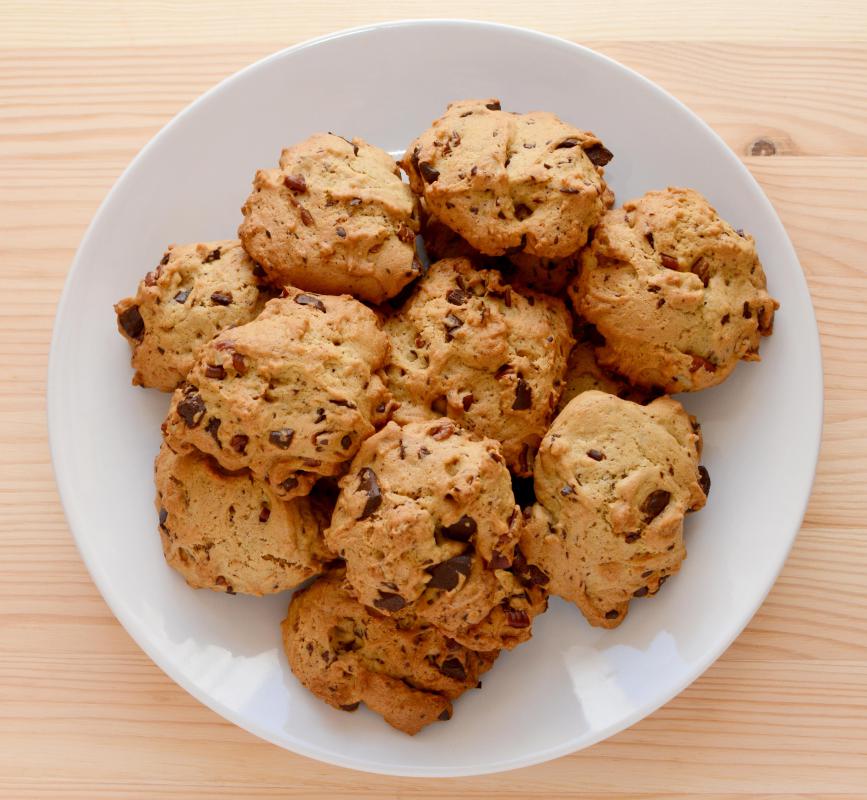At TheHealthBoard, we're committed to delivering accurate, trustworthy information. Our expert-authored content is rigorously fact-checked and sourced from credible authorities. Discover how we uphold the highest standards in providing you with reliable knowledge.
What is Chenopodium?
Chenopodium is a genus of herbaceous flowering plants more commonly known as goosefoots. Plants of the genus chenopodium are grown for food crops and distilled for use as essential oils to treat ailments, such as roundworms in children. One plant of this genus that has grown in popularity in recent years is quinoa, which can be used as alternative to wheat in making bread and other pastries because it lacks gluten, which affects sufferers of Celiac disease. Quinoa can also be used to produce an oil which is superior in quality to corn oil.
One common use of chenopodium plants is as a food source. Chenopodium album is a weedy plant that grows abundantly in northern India. There its leaves are often used for both soups and stuffed breads, while the seeds can be used to make fermented beverages. In India, the plant is known as bathua. The stem of this plant is extremely rigid and can be used as a walking stick.

Plants of this genus, especially what is known as American wormseed, are often cultivated for use in essential oils. Oil of wormseed, also often listed as simply oil of chenopodium, has a pungent odor that has been compared to turpentine. It has a terrible flavor and a pale yellow color which darkens when aged. It is administered orally, in small amounts, as a homeopathic remedy to treat roundworm infestations in children. Used for this purpose, the oil is toxic to the worms, killing them and allowing the child to simply excrete them.

Wormseed oil is also toxic to humans in large doses, and should be administered carefully and only when deemed medically necessary as it can have both cytotoxic and genotoxic effects. Those considering using it should seek professional advice before taking the oil. This compound has been used as an expectorant, but can easily fail in this function, and become dangerous if too much is taken.

In addition, the oil can act as a diuretic, causing an increase in urination if taken improperly. Despite its taste, smell, and toxicity, the oil is extremely versatile and is manufactured in the United States. The largest area its of commercial growth, and creation of the oil, is in central Maryland.
The pollen of several common chenopodium plants — including the above-mentioned chenopodium album, which is also known as goosefoot pollen — has been cited as a common cause of hayfever. This is due to both its abundance and the seeds' ability to remain in soil for years. Many species of this genus are extremely hardy and are regarded as weeds because of both their proliferation and allergic properties.
AS FEATURED ON:
AS FEATURED ON:













Discuss this Article
Post your comments